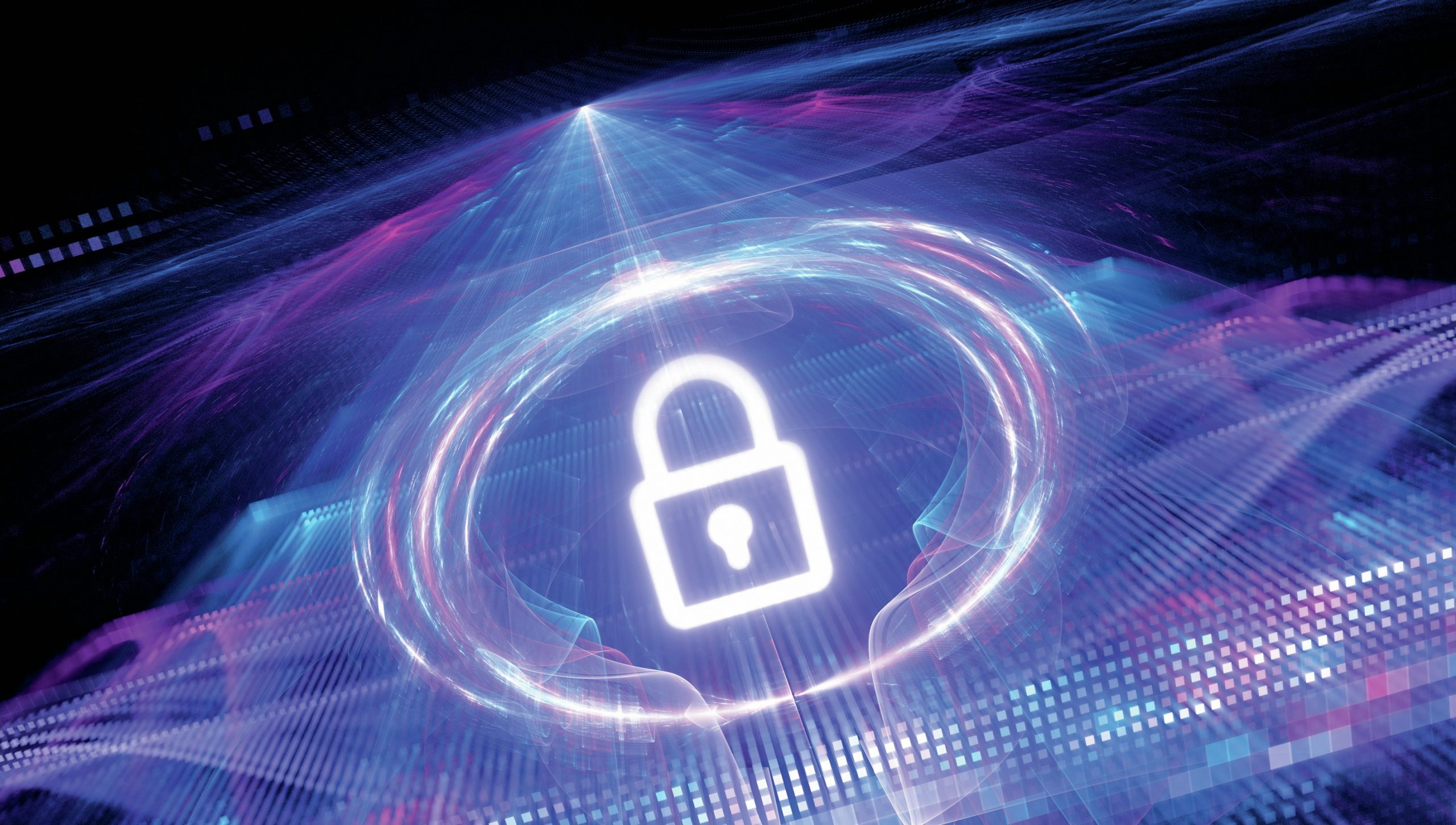
The terms in bold link to topics in the AQA, Edexcel, OCR, WJEC and CCEA A-level specifications, as well as the IB, Pre-U and SQA exam specifications.
Quantum cryptography uses ideas from quantum physics. Electromagnetic waves are transverse waves, and consist of electric and magnetic fields oscillating at right angles to each other. Because of this, they can be polarised using polaroid filters, which pass through a proportion of the wave, given in classical physics by Malus’s law.
Your organisation does not have access to this article.
Sign up today to give your students the edge they need to achieve their best grades with subject expertise
Subscribe



